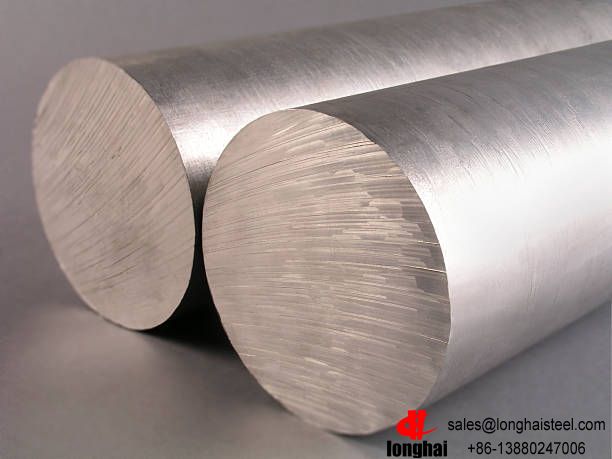Study and Production of AISI 403 Steel for 300~600MW Turbine Blades

AISI 403 steel
The production process and the effect of nicke molybdenum and heat treatment on mechanical properties of AISI 403 steel are presented in this article. The mechanical properties of steel with nickel and molybdenum of not less than 0.3% respectively w ere up to the demand of PDs Specification.
In the work of developing AISI403 blade steel for 300,000-600,000-kilowatt steam turbine units, we analyzed the PDS 10705BA (white furnace), PDS 10705BB (electric furnace + vacuum self-consumption), PDS 10705BC (electric furnace + electroslag) standards and The production process and the performance of the Japanese JIS 4303 standard production process (electric furnace + white slag) adopt the production process of electric furnace + electroslag. And the developed AISI403 steel and the AISI403 steel produced in Japan were tested for mechanical performance comparison. The results show that the overall performance of the AISI403 steel produced by Benxi Iron and Steel has reached the level of similar foreign products such as the Japanese AISI403 steel and the American Westinghouse standard.
Chemical composition and mechanical properties
In the PDS 10705BA standard before 1972, Mo was added as an alloying element in steel, and Ni existed as a residual element. Later, C was increased from 0.07% to 0.12% to 0.10% to 0.15%, and Mo and Ni were used as residual elements without adding. It can be seen from the chemical composition of the quality assurance sheet of AISI403 steel purchased in Japan: Mo 0.03%~0.47%, Ni 0.04%~0.54%. Therefore, in order to reduce costs, Ni and Mo are used as residual elements. prime exists. However, in 1988, it was decided with the user factory to control Ni and Mo within the range of 0.30%~0.60%.
AISI 403 Production Process
Electric furnace smelting→electroslag remelting→demolding and heat preservation→steel ingot heating→forging billet opening→intermediate billet slow cooling→billet tempering→pickling, cleaning→heating→forging finished product→finished product cooling→annealing→acid Washing, cleaning→inspection→delivery.
Electric arc furnace smelting
It is smelted by new material oxidation method. The steel material is composed of rough-rolled slab trim, pig iron and steel scrap. The amount of decarburization during the oxidation period is 20.40%. Under the condition that the temperature of the molten pool is sufficient, the ore should be blown first, and then the oxygen should be blown to completely remove gas and inclusions. Pre-deoxygenated Al (1kg/t), Ca-Si block (1~2.5 kg/t). During the reduction period, a large amount of slag is operated to enhance the desulfurization effect. For deoxidation, first use Fe-Si powder and then Ca-Si powder. The sulfur in the steel must be 0.015% before tapping, and the tapping temperature is controlled at 1600~1610°C. When the steel is tapped, the deep drawing can be done with a big mouth to further strengthen the effect of removing S. Pouring into ∅180 or ∅280 electrodes.
Electroslag remelting
Remelt the ∅180 or ∅280 electrode rod into 1.0~1.2t electroslag ingot. The electroslag remelting of AISI403 steel used to be listed in Table 1
